ARTIST: Mathias Rolfs| @my_rho
AI Talk with AI Artist MATHIAS ROLFS
An architect naturally has a completely different approach to designing on the
computer. An old hand like Mathias Rolfs is not only a great draughtsman, he also takes photographs, paints and creates wonderful 3D models. He is well known to the fetish fans of MARQUIS, not least through his Petgirls. For some time now, he has also wanted to try his hand at something new …
MARQUIS: Dear Mathias, first of all thank you very much for your time. What are you doing at
the moment?
Mathias Rolfs: I render a lot and like to, but I see the development in AI as a chance to open
up a whole new field. I want to be involved from the very beginning.
MQ: How do AI and 3D rendering differ?
MR: Rendering usually refers to three-dimensional data, which means that in order to
render something, I first need a spatial model. You create this in an appropriate programme
or you buy one. The “raw” 3D model can then be rotated and changed on the screen, light
and shadow can be adjusted and so on. During rendering, the computer then calculates a
finished image by calculating light and shadows physically correctly and adding
reflections, transparencies and other effects. The whole process is quite complex.
MQ: To put it simply, this is how animated films are made in cinemas.
MR: Exactly. An AI, on the other hand, has to be trained to recognise and simulate certain styles and materials. The “raw data” for an image is entered in text form — the better the text is formulated and the more precisely you tell the AI what you want to see, the better the finished image will be. I’m passionate about modelling with a 3D programme, but the results you get via an AI are often much more realistic. And I see them faster — it often only takes a few minutes to get the first result. I see the whole thing as a whole new art form and work with both methods, which means I combine them sometimes.
MQ: What about copyrights?
MR: There are always lawsuits against the developers of the AIs. I can understand some
of the reservations — on the other hand, I’m quite critical of the accusation that an AI would
“steal” the images. For me, it is the fear of something new that many have.
When digital photography came along, everyone howled — they said that the
profession of photography was over. I experienced the same thing when the first CAD
programmes appeared on the market.
MQ: CAD stands for Computer Aided Design. The computer assists in the creation of
graphics, in mechanical engineering or even in architecture.
MR: Right. I compare it to a design I make as an architect or a model I build in a modelling
programme. Here, too, I draw on what I have seen and experienced. This happens more or
less consciously… In art, but also in music, it happens again and again that you fall back on
learned knowledge, on something you have seen, heard or read before. The better an
architect knows building and art history, the better he will usually be able to design
because he has a much larger repertoire than someone who has never dealt with architecture.
MQ: I see — the AI as a collective subconscious, so to speak. And if a “person” in these pictures looks like Scarlett Johansson or Anya Taylor-Joy, it’s actually not that person, right?
MR: No, it’s not. I don’t know how this development will proceed in legal terms. I also
have reservations about “deepfakes” because bad things can be done with them. But all in
all, we are seeing a development in which the boundaries are becoming more and more
blurred. Just think of the “Indiana Jones” film, which is about to be released. That too is “deepfake”.
MQ: What fascinates me is also this depth of detail. It seems hyper-real, if you know what I mean.
MR: Yes, as I said, the better the AI is “trained”, the better the images become. I already talked
about the knowledge repertoire — an AI will always have an advantage over a human
because it has a much larger data set. It’s like someone who constantly reads an incredible
number of books at the same time and doesn’t forget anything, and who is told how to
combine this knowledge. The development is progressing in leaps and bounds.
MQ: Where is the journey going?
MR: To more realistic images, of course, but also to more artistic ones at the same time.
And of course, to videos or even 3D templates that I can print out or use in a modelling
programme as a basis or starting model for something else — the first approaches to this
already exist. At the moment, all these AIs still have problems with human “geometry” — this
applies to hands and feet, for example: figures often come out with seven fingers or three
arms. This can be controlled to a certain extent by changing the parameters accordingly
— but not always. In addition, if I run a prompt through the AI twice, it usually leads to different results. So you can’t (unless you use certain tricks) generate the same image twice, or a sequence of
images, as is natural with classical rendering. But that will come.
MQ: And what is more fun? Creating 3D models or creating images with the help of AI?
MR: It’s not that easy to answer. With modelling, I have much more control over
what ultimately emerges, but it also takes much longer. Some of my more complex spaceship models or even the outfits of my “petgirls” actually took me days to get them the way I wanted them…
But since generating AI images so quickly produces really interesting results, it can be
downright addictive. I’ve also spent nights taking pictures — it even works on a simple
mobile phone. I usually come up with a prompt and change the descriptions, styles
and order of the components until something comes out that…turns me on. It often develops
a kind of momentum that is simply fascinating. It never gets boring.
MQ: Mathias, thank you very much for the interesting interview!
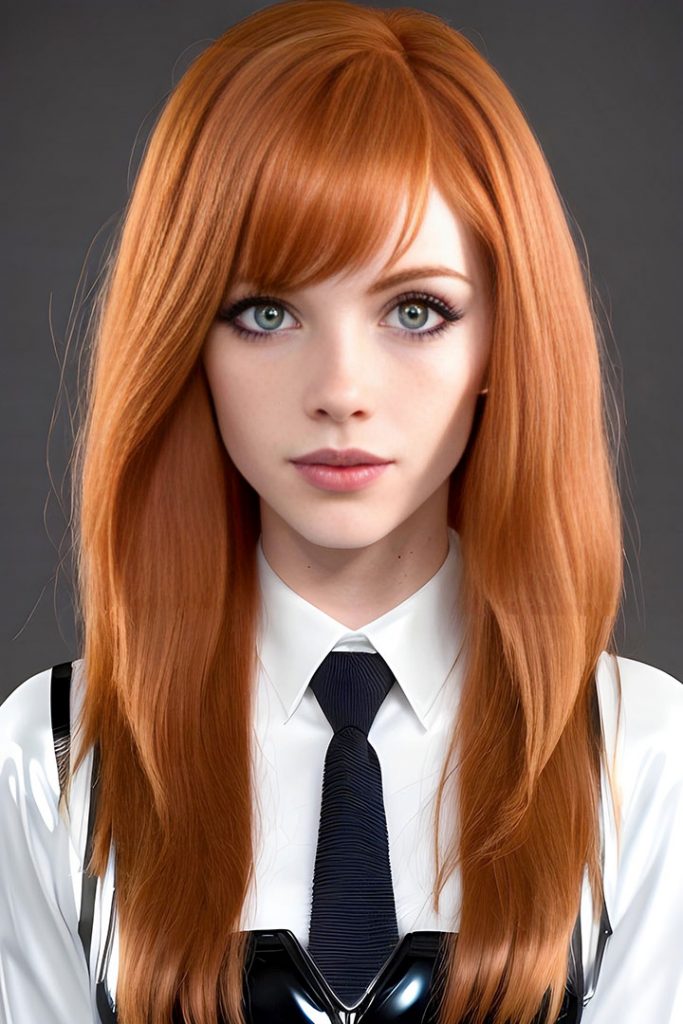
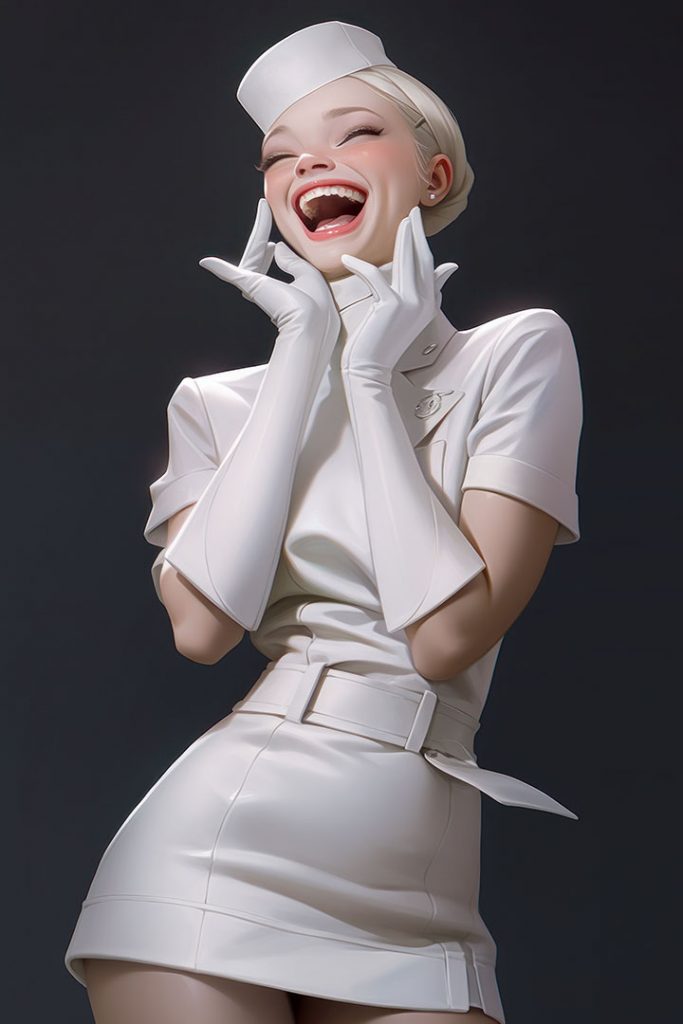
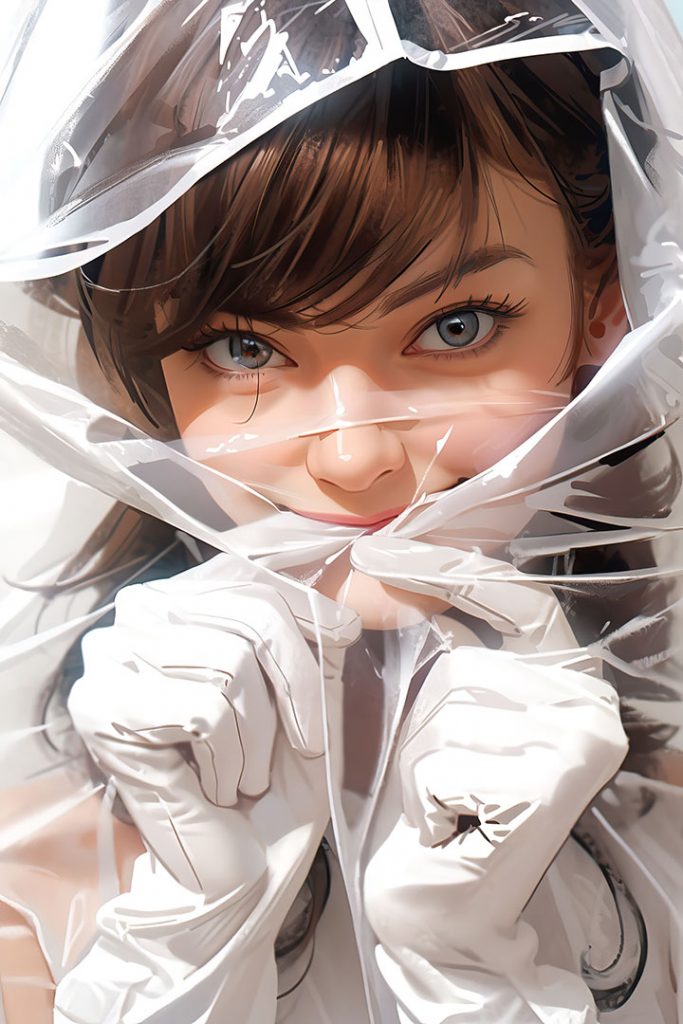
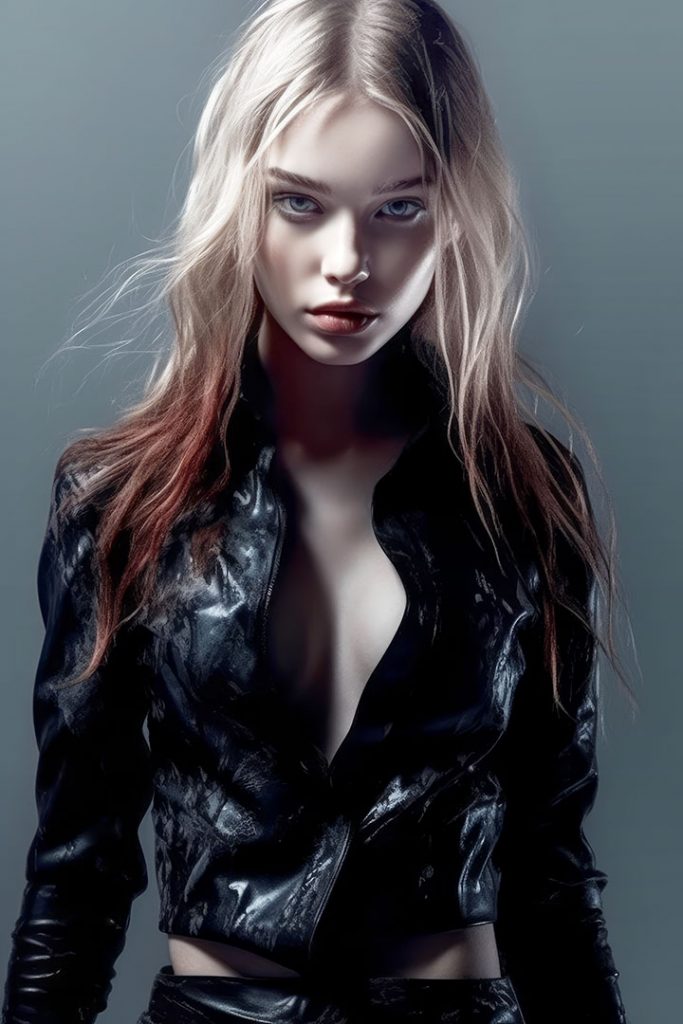
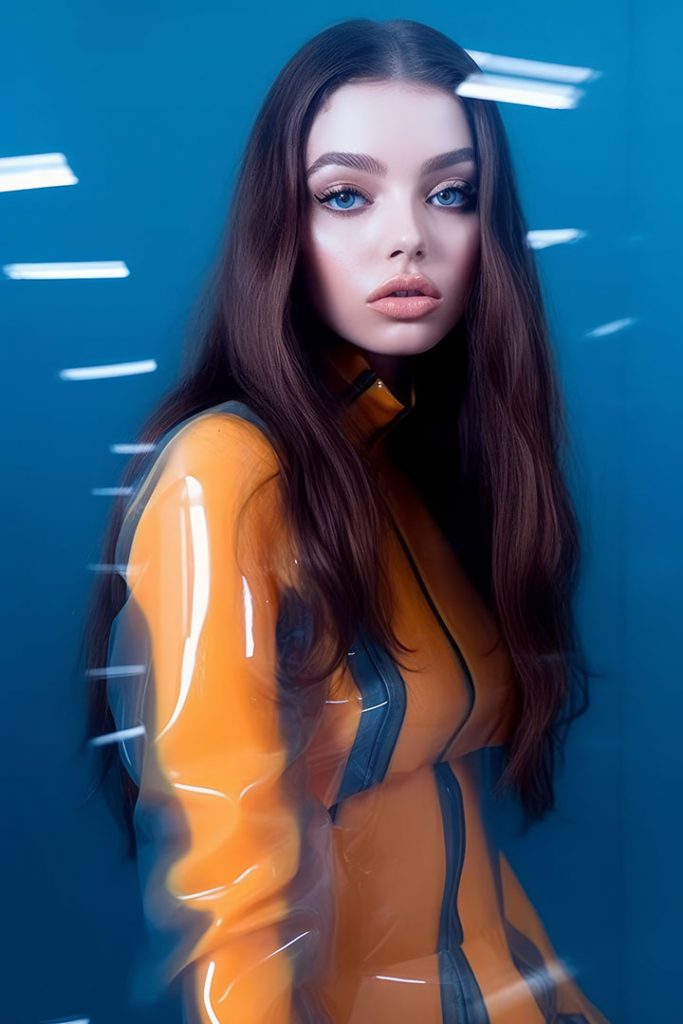

Subscribe to MARQUIS Magazine now! Don’t miss an issue again and save something on top of that, it couldn’t be better! Just click on the banner!